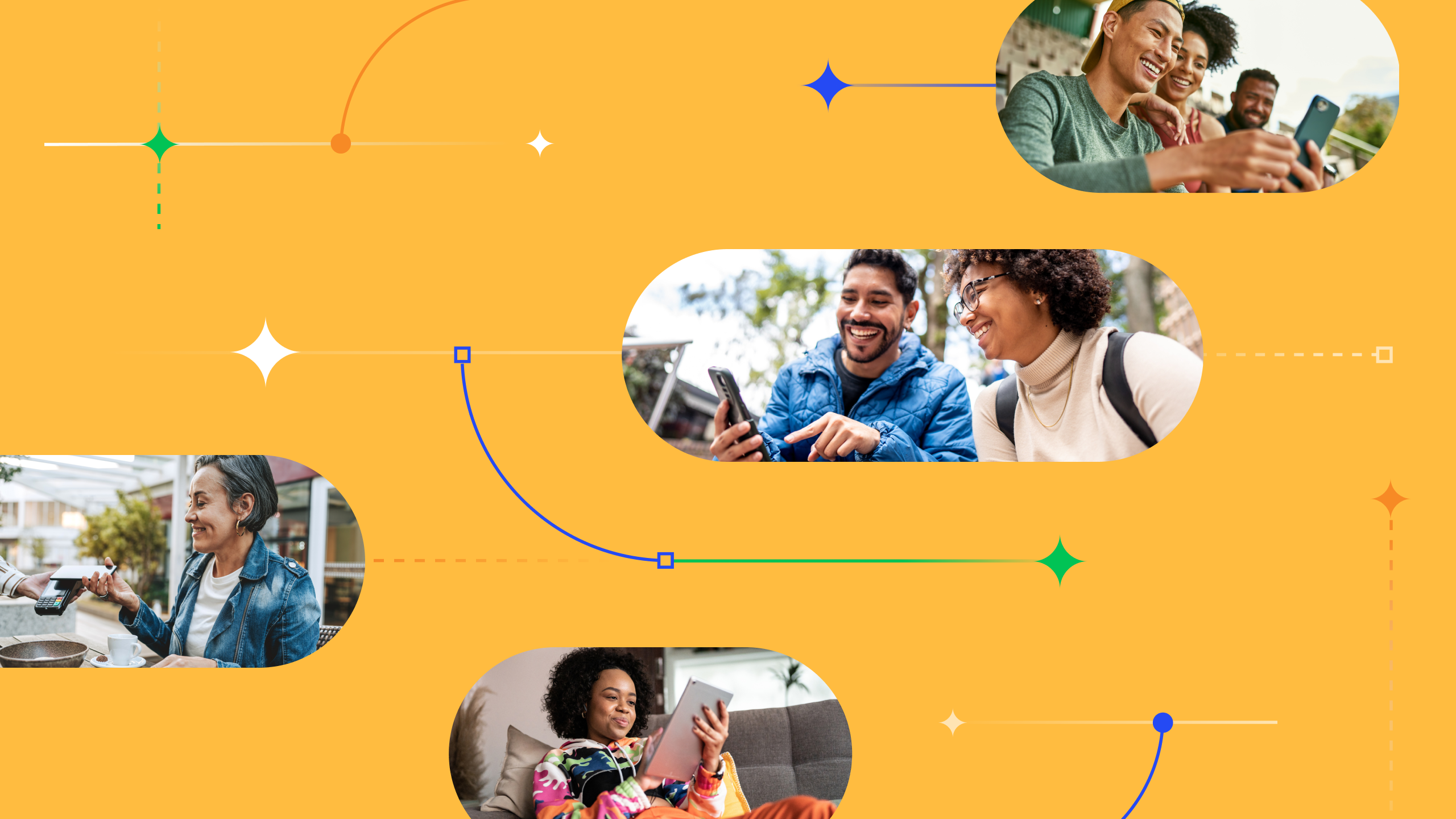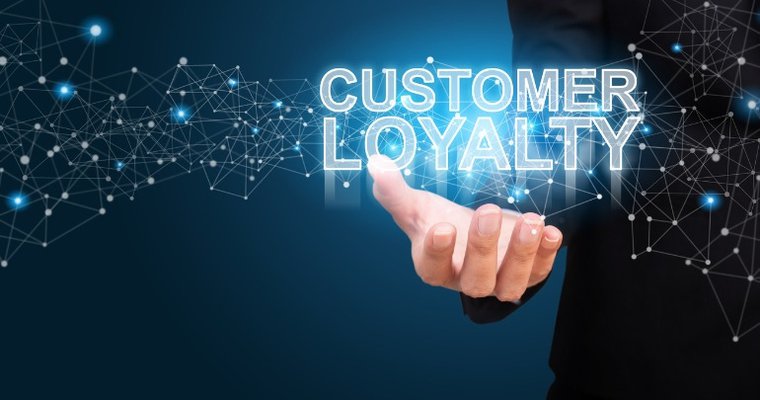Sai Koppala, CMO at SheerID, shares strategies to help retailers create a stronger connection with customers.
This article originally appeared here.
COVID has forced consumers online, and that’s where they’ll stay even after the pandemic is over.
More consumers have gravitated in even greater numbers than anticipated to purchase online. According to the U.S. Census Bureau, Americans spent $791.7 billion in 2020 on e-commerce, up 32.4% from the previous year.
As consumers adopt new digital behaviors and brands embrace e-commerce on a new level, marketers need to rethink how to earn consumer loyalty.
You may not be able to compete with fast, free shipping, the lowest prices, or a limitless marketing budget, but you can compete by building a direct relationship with your customers.
Here are three strategies you can start using today that will outlast the pandemic.
01 Stand up for what your brand stands for
Now more than ever, people want to know the companies they shop with are in their court. Soon after COVID-19 hit the U.S., Edelman’s Trust Barometer Special Report showed that:
- 65% of consumers said a brand’s response in the crisis will have a huge impact on their likelihood of purchasing from it in the future.
- 89% of consumers want brands to offer free or lower-priced products to health workers, people at high risk, and those whose jobs have been affected.
When you align your brand values with causes your customers care about, express those values clearly, and support them with socially responsible initiatives, you create a deeper and more personal connection with your customers. You also create online communities that start to bond together over a genuine commitment to your brand.
It’s the right thing to do, and it’s good for business, as these brands have learned:
- FabFitFun ran a “Healthcare Heroes” promotion offering 50,000 doctors and nurses a free bundle of wellness and self-care products. It was so popular, the company ran out of packages in one day.
- A leading apparel brand launched an offer for healthcare workers and first responders and on the first day, more than 100,000 consumers redeemed it, resulting in nearly $2 million in sales.
- Tieks, a fashion brand that sells designer ballet flats, gave gift cards to customers who sewed masks for hospital workers. With the call of “If we #SewTOGETHER, we can and will save lives together,” they encouraged customers to take action towards a cause.
02 Zero-party data equals 100% better customer relationships
With all the major search sites changing their cookies policy and privacy regulations like CCPA and GDPR taking root across the U.S. and globally, it’s increasingly difficult to get accurate customer data to create truly personalized experiences.
A A Forrester Consulting study (commissioned by SheerID) revealed the greatest obstacle to personalization is the very thing that personalization is based on: relevant, high-quality data. The report found that:
- Only 39% of marketers are very confident that the data they collect is meaningful to the customer and accurately represents them.
- Over 50% of marketers recognize that self-attested data is critically useful in creating a positive impact on their marketing efforts, but only 28% are currently collecting that.
Instead of “renting” the digital exhaust of paid social data (liking a post doesn’t indicate intent), focus instead on zero-party data. Forrester Analyst Stephanie Liu describes zero-party data as “data that a customer intentionally and proactively shares with a brand, which can include preference center data, purchase intentions, personal context, and how the individual wants the brand to recognize her.”
If you’re looking at collecting zero-party data, ask yourself three questions of the data:
- Is it self-attested? If yes, it will kick off a relationship based on consent.
- Have you validated the accuracy of the customer data? If yes, it will protect the integrity of any personalized offer.
- Is it identity-related? If it’s connected to deep-seated attributes that consumers identify with, like being a nurse or a teacher, it will create an emotional connection that drives loyalty.
One way you can access zero-party data is through a “preference center,” where you ask customers to take a survey or provide their data in exchange for an incentive like a coupon, loyalty points, or product recommendations.
You can also run personalized, post-purchase rebates, like offering $200 cash back to anyone in the military who buys a large appliance during the Veterans Day holiday. Your customers can still shop with your channel partners, and you can launch a DTC relationship when you verify a customer’s eligibility for the rebate.
03 Build a community by connecting with consumer identities
A powerful way to connect with consumers is by tapping into their sense of belonging. A great way to do that is to find out the networks that they belong to and do something special for them. For example, during the pandemic, many brands started building campaigns for affected populations such as health workers or teachers.
These campaigns have the dual benefit of allowing brands to support these groups while also creating a thoughtful message that spreads throughout the community and beyond. We know from surveys that more than 95% of consumers hardest hit by the pandemic said they would share a personalized offer with others in their profession. Consumer communities have strong networks that relish in supporting each other—especially in this time of crisis. If they value your message, your offer, and your service, they will spread it like wildfire. Chipotle is a great example. Its 4HEROES campaign gave medical workers a free burrito for every burrito purchased. The brand gave away more than 100,000 in two hours, and the campaign generated an unprecedented 100% positive net sentiment.
We all hope for there to be an end to the pandemic soon given the disruptions it has brought to every aspect of our lives. Certainly, it has changed how consumers work, shop, and connect with each other as well as with the brands they love. While the past year-plus has presented nonstop challenges, marketers willing to pivot and rethink how to engage people in an uncertain world will survive and thrive through the pandemic and beyond.
Learn more about how leading retail brands are leveraging SheerID and explore SheerID solutions for retailers.



